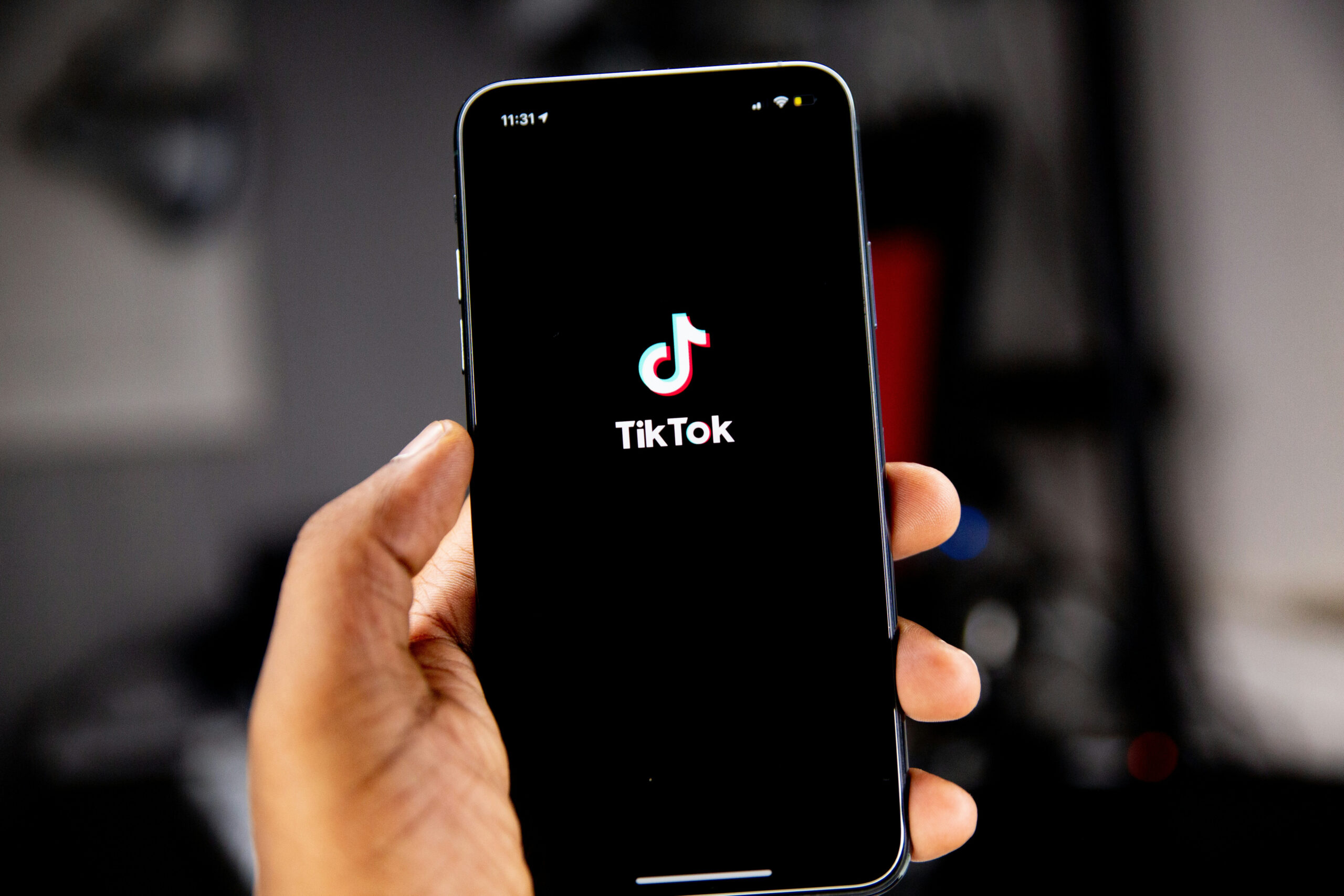TikTok has become one of the most popular platforms in the ever-evolving social media landscape. People on this platform find creativity, entertainment, and, unfortunately, scams. The recent discovery of a massive ATO GST scam facilitated through TikTok sheds light on the growing prevalence of fraudulent activities on this popular platform. The magnitude of the fraud, amounting to a staggering $2 billion in GST refunds, underscores the urgent need for awareness and vigilance among users.
Operation Protego, initiated by the Australian Tax Office (ATO) in 2022, was developed to fight against fraudulent practices targeting government funds. When banks began flagging suspiciously large GST payments, primarily to individuals reliant on welfare payments, the ATO established an operation to investigate it. These payments, facilitated through deceptive TikTok videos promising easy access to government funds, laid the groundwork for a sophisticated scheme that exploited personal information to create fake businesses and submit fraudulent GST refund claims.
The process the scammers used was deceptively simple yet alarmingly effective. By enticing unsuspecting individuals to disclose personal details in exchange for promised financial gains, the perpetrators amassed a significant pool of information to orchestrate their fraudulent activities. This highlights the importance of safeguarding personal information and underscores the need for more cybersecurity measures in our digitised world.
The repercussions of the ATO GST scam extend far beyond monetary losses, with at least 150 ATO staff members falling victim to identity theft or suspected involvement in the fraudulent scheme. Perpetrators’ infiltration of government agencies underscores the sophistication of modern-day cybercriminals. It also serves as a stark reminder to fortify institutional defences against such malicious actors.
While Operation Protego yielded significant results, with over 100 arrests and $120 million in fines, the scale of the scam and the involvement of diverse criminal networks underscore the challenges faced in combating cybercrime effectively. The ATO’s response was a proactive approach to mitigating future risks to the crisis, characterised by swift action and enhanced anti-fraud measures. However, the audit report’s findings showcase the partial effectiveness of fraud control arrangements and underscore the need for continuous improvement and adaptation in the face of evolving threats.
The role of TikTok in facilitating such scams raises questions about the platform’s responsibility in curbing fraud. While TikTok has garnered criticism for allegedly harvesting user data without consent, its role in enabling fraudulent schemes adds another layer of complexity to the debate surrounding social media regulation. As one of the most popular social media platforms among young users, TikTok wields significant influence and must prioritise user safety and security in its operations.
TikTok’s Role in Combatting Scams
While TikTok has implemented measures to detect and remove harmful content, the rapid advancement of technology poses challenges in detecting sophisticated scams, such as deepfake videos. Despite TikTok’s efforts, people must remain vigilant and discerning when consuming content on the platform.
Despite TikTok’s efforts, the recent surge in crypto scams on TikTok underscores the platform’s susceptibility to fraudulent activities. Scammers leverage TikTok’s influential reach to propagate fake cryptocurrency giveaways, often using deepfake videos of prominent figures like Elon Musk to lend credibility to their schemes.
Victims are enticed by the prospect of free cryptocurrency, only to be duped into depositing funds into fraudulent websites masquerading as legitimate crypto exchanges. As the sophistication of these scams evolves, it is essential to exercise caution when encountering offers that seem too good to be true.
Scam content is everywhere, from TikTok to other social media platforms like X (formally Twitter). Dating apps have also become breeding grounds for scams, with scammers utilising generative AI and deep fake technologies to create convincing personas and manipulate or financially exploit people.
Spotting a Scam on TikTok:
TikTok users are delivered content by an algorithm tailored to appeal to each viewer. While most content is harmless and entertaining, there are certain red flags that each person should watch out for to avoid falling prey to scams:
- Unrealistic Promises: Scammers often lure users with promises of easy money, extravagant giveaways, or quick fixes. Beware of videos that make lofty promises or guarantees that seem too good to be true.
- Suspicious Links: Exercise caution when clicking on links embedded within TikTok videos. Scammers may direct users to fraudulent websites or phishing pages to steal personal information or financial credentials.
- Lack of Verification: Authenticity matters on TikTok. Be wary of accounts that lack verification badges or have suspiciously low follower counts. Legitimate accounts are more likely to be verified and have a substantial following.
- High-Pressure Tactics: Scammers may use aggressive or coercive tactics to pressure users into taking immediate action. Avoid engaging with videos that employ fear-mongering or urgency to elicit a response.
- Poor Quality or Dubious Sources: Pay attention to the quality of content and the credibility of its source. Deepfake videos, low-resolution imagery, or watermarks from unfamiliar sources could indicate fraudulent activity.
The prevalence of scams on TikTok is a stark reminder of the importance of user vigilance and platform accountability in combating fraudulent activities. Users can navigate the digital landscape confidently and securely by staying informed, exercising caution, and advocating for enhanced cybersecurity measures.




